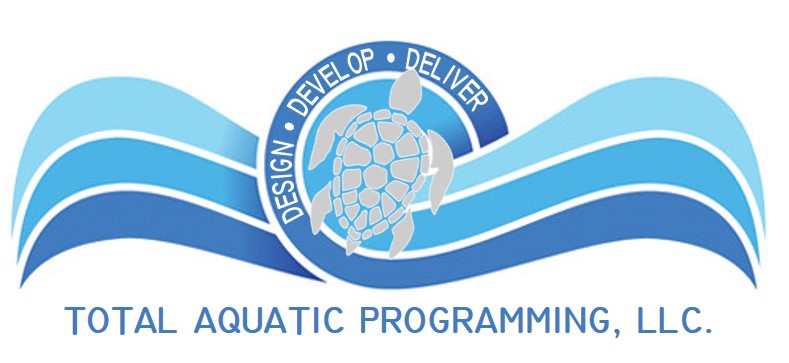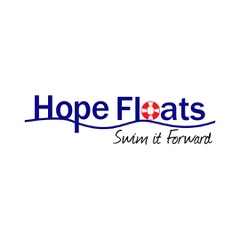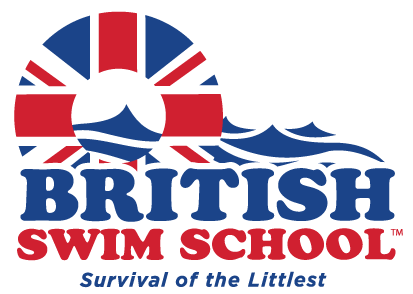Raising children is an enormous responsibility. You’re your child’s first and most influential teacher. You take every precaution to keep your child safe, teaching them not to touch the stove and letting them know about stranger danger. Your job involves providing care and protection for your child.
It’s essential to add swim lessons and water safety instruction to that list. While swimming lessons and water safety can’t drown-proof a child, studies suggest that water survival skills training and swim lessons can help reduce drowning risk for children between ages one and four. For example, the study found that formal lessons were associated with an estimated 88 percent reduction in drowning risk for kids under four.
What Is Water Safety Instruction?
Unlike swimming lessons, which focus on stroke and breathing techniques, water safety teaches skills such as being able to float, roll from front to back, roll from back to front, enter and exit the water, and develop breath control, etc., correctly. Ideally, water safety skills and water safety education should be part of all formal swimming lessons.
The Safer 3 Message—Safer Water, Safer Kids, Safer Response—developed by Stop Drowning Now, breaks water safety into easy-to-understand components.
At What Age Should Swimming and Water Safety Lessons Begin?
Although there are many different answers regarding the appropriate age for swimming and water safety lessons, the American Association of Pediatricians (AAP) recommends waiting until a child has their first birthday to start lessons. The recommendation is based on the knowledge that a baby younger than one has not yet developed the breathing skills required for swimming, which means they cannot swim independently.
However, the AAP recommends classes that engage parent-child duos in water play activities that allow babies the opportunity to get acclimated to being in the water. To find a class for you and your baby, look for programs that employ instructors who are certified American Red Cross lifeguards and qualified in first aid/resuscitation. Remember, the goal should be to feel comfortable and have fun in the water, not the unrealistic expectation of teaching an infant to swim.
Finding a Swimming and Water Safety Class
Look for a program that includes water safety and survival education at the appropriate developmental level. Ideally, a class should teach ‘water competency’ too—the ability to get out of the water if your child unexpectedly ends up in the water.
Ensure the instructor is trained in swim instruction and child development and is currently certified in CPR (some are not). It’s a good idea to observe classes before enrolling your child to monitor lessons for safety skills, the effectiveness of the instructor, and how the children are progressing. Ideally, lessons should be continuous, year-round, not taken for just one season, as skills need to be developed and maintained for life.
A good swimming and water safety program should include:
● Instruction in survival skills before teaching strokes
● Teachers who are trained swim instructors and also certified in CPR and first aid
● Instructors who are in the water with the students at all times
● Limited class size
● A place for parents and guardians to observe
Unintentional drowning is preventable, and together we can save lives and heartache. Request a free water safety presentation to share with your community, school, business, etc., to help educate everyone about drowning prevention. Learn more about drowning and prevention programs and use our Water Safety Checklist to keep children safe and avoid the pain of losing a child due to drowning.



